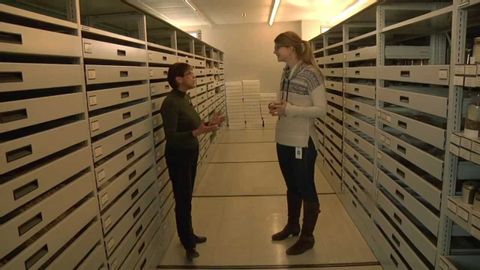
Subtitles & vocabulary
The Economic Botanical Collection
00
Hhart Budha posted on 2014/06/17Save
Video vocabulary
gorgeous
US /ˈɡɔrdʒəs/
・
UK /'ɡɔ:dʒəs/
- Adjective
- Extremely attractive; richly beautiful
- Delightfully enjoyable or pleasant.
B1
More date
US /det/
・
UK /deɪt/
- Intransitive Verb
- To have become old-fashioned
- To meet for a romantic time together e.g. a movie
- Noun
- A romantic meeting between (usually two) people
- Brown sweet fruit from a tree from the Middle East
A1TOEIC
More palm
US /pɑ:m/
・
UK /pɑ:m/
- Noun (Countable/Uncountable)
- Inner area of a person's hand
- Tropical tree with large leaves only at its top
- Transitive Verb
- To hide something in your hand
- To push someone way with your hand
B1
More economic
US /ˌɛkəˈnɑmɪk, ˌikə-/
・
UK /ˌi:kəˈnɒmɪk/
- Adjective
- Concerning trade, industry, and money
- Financially worthwhile; profitable.
- Noun
- A system relating to economics
- A factor relating to economics
A2
More Use Energy
Unlock All Vocabulary
Unlock pronunciation, explanations, and filters
